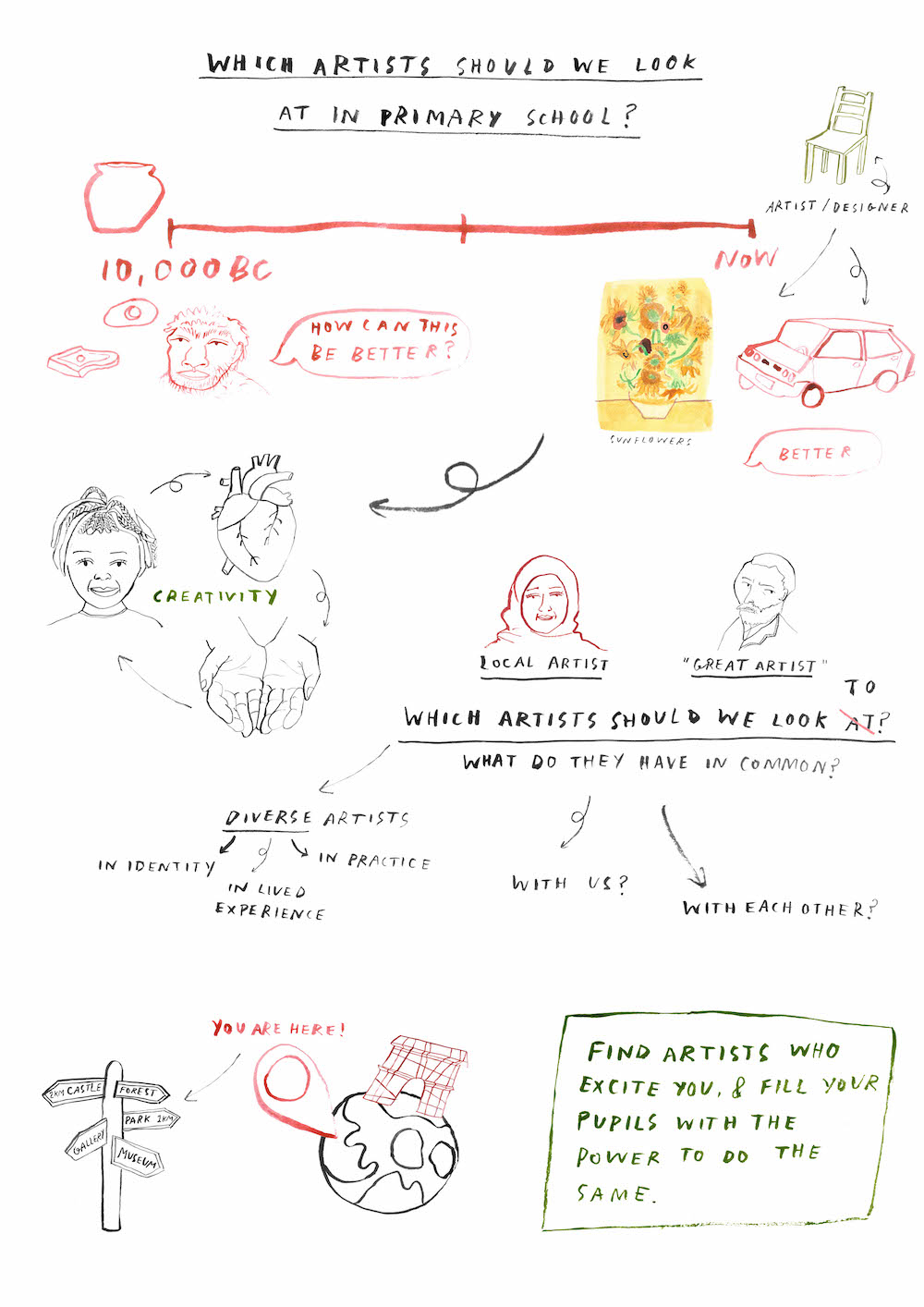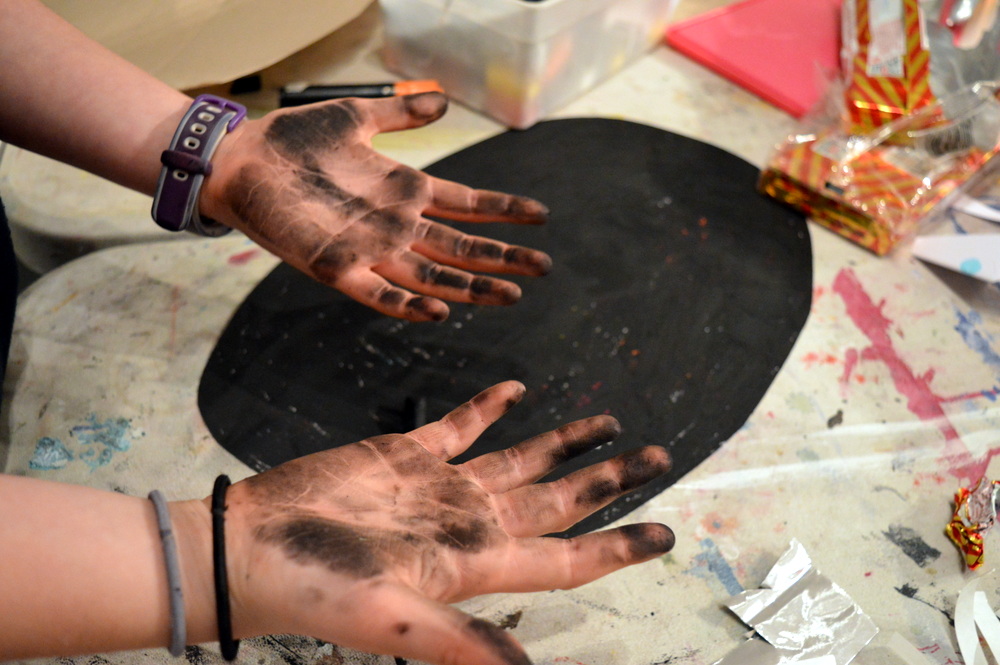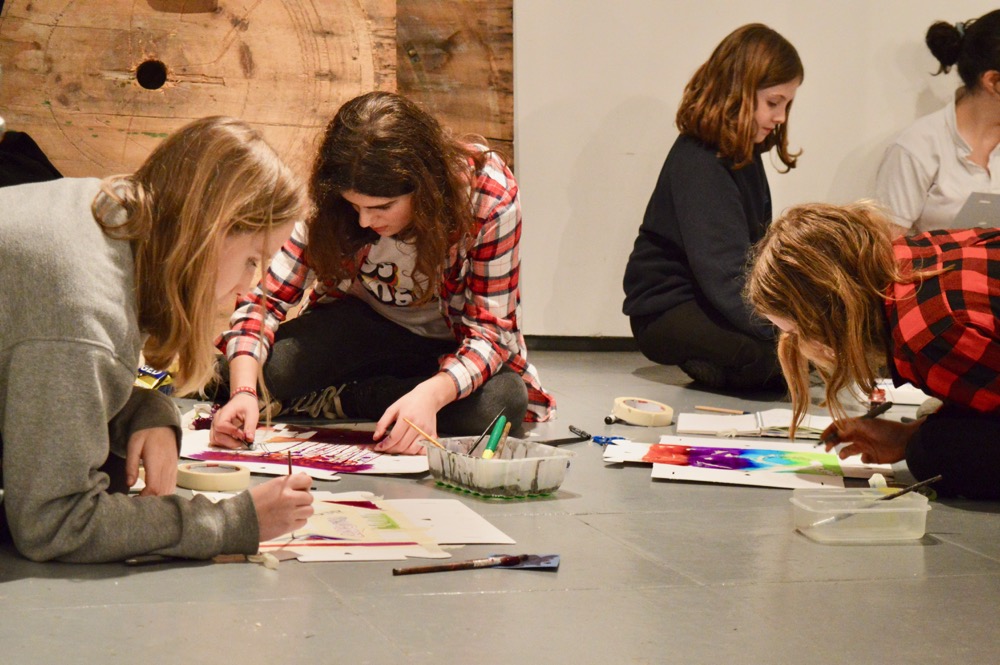Which Artists Should We Look At in Primary School?
Find out how to decide which artists to look at in Primary School as part of our Pedagogy in 250 Words series. Become a member to watch the video.

To access all content, I would like to join as…
AccessArt is a UK Charity and we believe everyone has the right to be creative. AccessArt provides inspiration to help us all reach our creative potential.


